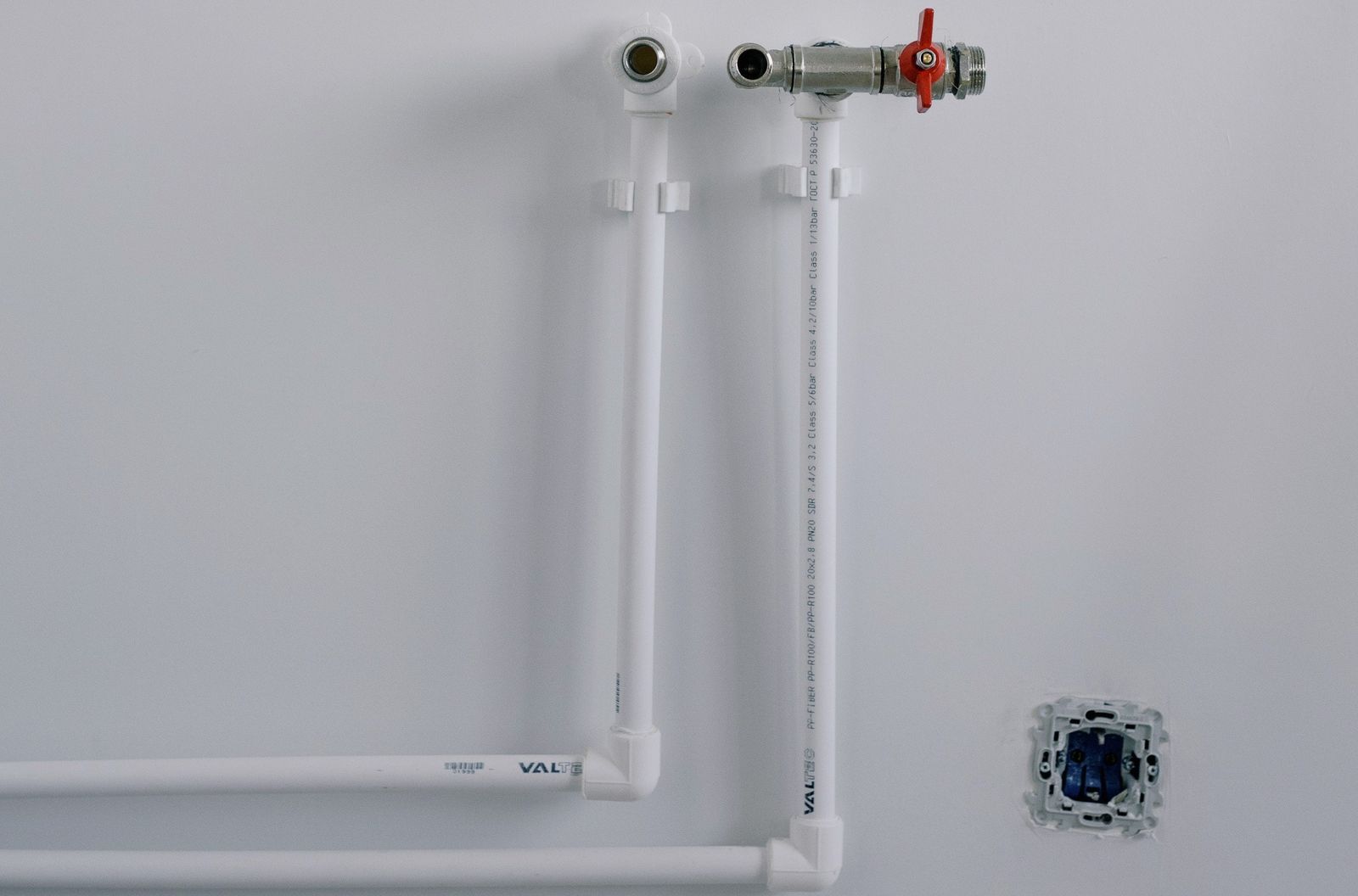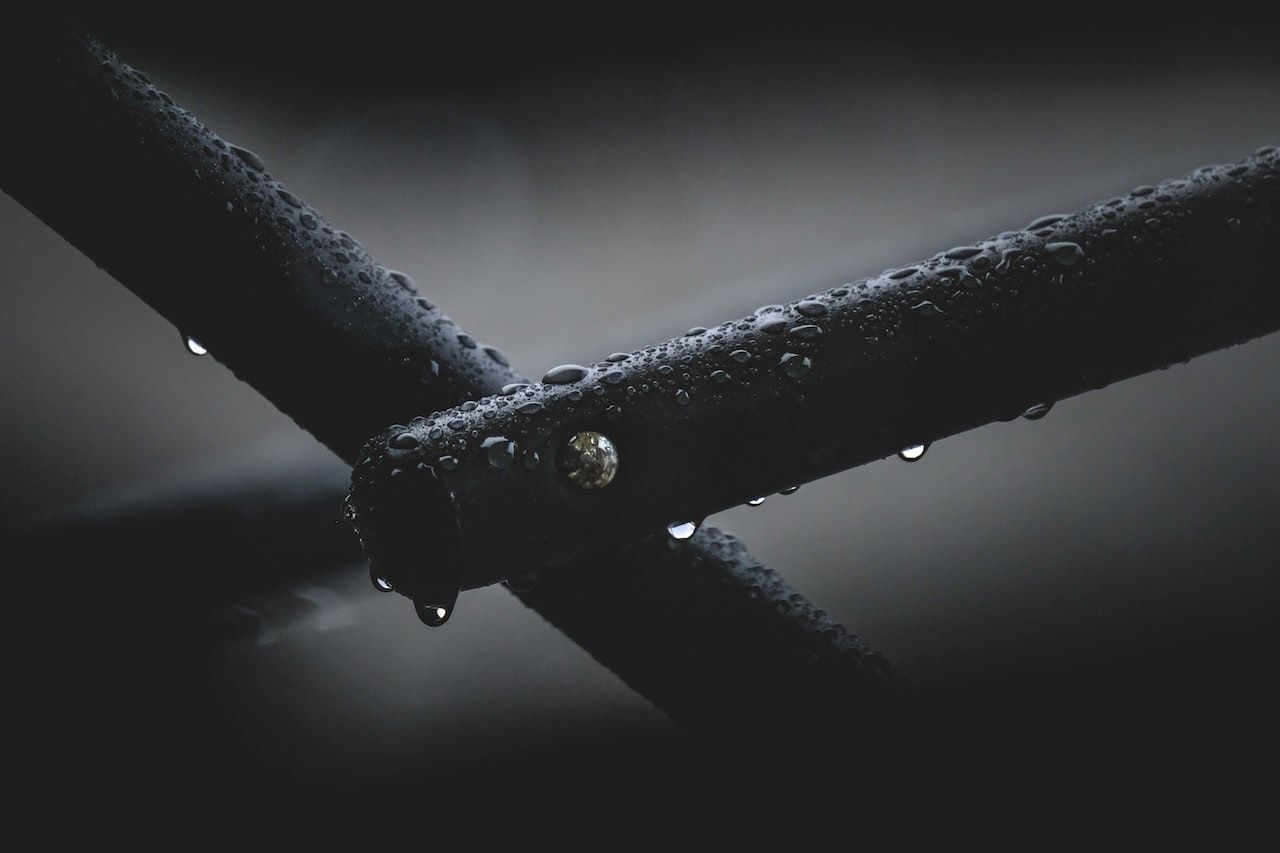Drainage pipes are not the most exciting subject for homeowners and building owners. That said, any contractor worth their salt understands how vital drainage is (and thus, drainage pipes too) to every construction project.
Imagine spending all that time and effort building a house according to strict specifications and having it all ruined by water pooling around —and gradually but inexorably damaging — the foundation. The proverb, “For want of a nail…” readily comes to mind. Except for this time, it will read, “For want of the right pipe…” and end it with “The house was lost.”
Drainage pipes transfer wastewater away from a house or building to someplace it can be disposed of, treated, or recycled accordingly. Drainage pipes vary according to use, material, and style.
Types of Drainage Pipes According to Use
There are two main types of drainage pipes according to application: above-ground and underground.
1. Above-Ground Pipes
Above-ground drainage pipes primarily carry rainwater from the roof, draining it away from the house or building and safely directing it away from the building's foundation.
Gutters collect rainwater from the roof. Water from the gutters then flows into downpipes (also called downspouts), which empty into a drain that discharges:
2. Underground Pipes
Underground pipes transport wastewater below ground, and they serve different purposes.
They can transport rainwater collected by downpipes into soakaways, the nearest river, or some other surface water collection point. They can also transport grey water (wastewater from washing machines, bathroom sinks, and showers) into greywater recycling systems. Gray water can be useful for irrigating ornamental lawns and gardens.
Underground drainage is also the primary mode of transporting blackwater (wastewater from toilets and kitchen sinks). It transfers blackwater to septic tanks or directly to the community sewer system and, ultimately, to a wastewater treatment facility.
Types of Drainage Pipes According to Material
Drainage pipes also vary according to their material composition. The following are the most common types.
1. Polyvinyl Chloride (PVC) Pipes
PVC pipes are highly resistant to abrasion and corrosion, lightweight but highly dense, non-toxic, and chemically non-reactive.
For these reasons, PVC makes an excellent drainage pipe material. It will not contaminate whatever it is carrying, and its abrasion resistance, corrosion resistance, and high density ensure its strength and durability.
In fact, PVC pipes have an expected functional lifespan of around 50 years, although there are estimates that peg their lifespan at 100 years. Of course, a particular PVC piping system’s longevity and durability depend on its appropriate application and correct installation.
PVC pipes also come with an array of pipe fittings, ensuring their versatility. They may even be joined to non-PVC materials.
PVC pipes are particularly suitable for above-ground and outdoor installations because ultraviolet rays from sunlight do not affect their strength and elasticity. Prolonged exposure, however, can make PVC more brittle and thus more susceptible to high-impact damage.
2. High-Density Polyethylene (HDPE) Pipes
High-density polyethylene (HDPE) pipes are pretty similar to PVC pipes. They will not rust or rot, are not susceptible to tuberculation or corrosion through chemical deposits, and are highly abrasion-resistant.They are also impervious to most acids, bases, reducing agents, oxidants, and other chemicals.
Like PVC pipes, HDPE pipes come with pipe fittings and accessories for versatility. Joining HDPE pipes and fittings may be more complicated than joining PVC pipes. However, correctly fused HDPE pipes are exceptionally durable and leak-proof.
HDPE pipes make especially great underground pipes because of their freeze-break resistance. Additionally, contractors can lay down HDPE pipes using the trenchless installation method.
In the trenchless installation, a horizontal directional drilling machine bores a hole underground. The HDPE pipe is then inserted through the borehole and pulled through and to the other side.
3. Acrylonitrile Butadiene Styrene (ABS)
Acrylonitrile butadiene styrene or ABS pipes are suitable for underground applications for two reasons:
- They can resist extremely low temperatures.
- They must be shielded from sunlight as exposure can degrade the material.
ABS pipes are also suitable for indoor piping because they can muffle sound well.
However, they are not ideal for transporting anything other than wastewater because of their bisphenol A (BPA) content. The presence of BPA also means certain jurisdictions may prohibit the use of ABS.
4. Copper Pipes
Copper pipes have exceptional resistance to corrosion, high water pressure, and bacterial growth. These characteristics make them a good choice for drain pipe applications, either underground or above-ground. They can also be polished and integrated into the interior design, adding to their appeal in indoor drainage systems.
Copper pipes, however, can be rather noisy. They are also more expensive than plastic pipes.
5. Cast-Iron Pipes
Cast-iron pipes are incredibly robust and durable. As a case in point, a four-inch-diameter cast iron sewer pipe can endure almost 5,000 pounds of pressure per foot. Thus, they are often used for under-road surface applications. Their strength makes them a good option in water-logged areas where soil shifting and movement are expected.
Corrosion is the main disadvantage of cast-iron pipes. They tend to rust, and exposure to chemicals (such as those in gray and black water) corrode them. Cast-iron pipes may also be susceptible to the deposition of ferrous oxide from the water, leading to tuberculation.
Using cement-mortar lining has resolved tuberculation issues. Even so, cast-iron pipes are more expensive than plastic pipes. Their weight can also be prohibitive for specific applications.
6. Galvanized Steel Pipes
Galvanized steel pipes have a zinc layer that protects the steel from corrosion, giving these pipes extended lifespans. You can count on their strength, durability, and resistance against extreme weather and temperature conditions.
However, the zinc layer could chip and crack, which can eventually lead to corrosion. Galvanized steel pipes are also definitely more expensive than plastic pipes.
7. Concrete Pipes
Concrete pipes are strong and have high hydraulic efficiency. There are also precast pipes with ready-to-use fittings, making them quick to install. If custom pipe sizes are required, concrete pipes may be cast in place, ensuring great adaptability.
However, concrete pipes are more expensive to transport and install. They can also be damaged by alkaline and saline water. Repairing them can also be complicated and costly.
Types of Drainage Pipes According to Style
There are two major styles of drainage pipes: corrugated and smooth wall.
1. Corrugated Pipes
There are single-wall corrugated, dual-wall corrugated, and corrugated flexible drainage pipes.
Single-wall corrugated pipes are used in undersoil drainage to collect leachate and control water levels in airport runways and golf courses.
Dual-wall corrugated pipes have a corrugated exterior and a smooth interior. They are ideal for transporting wastewater with floating debris and other solids.
Corrugated flexible drainage pipes are not as strong as the other two types, but they are most useful for drainage applications that require great flexibility.
2. Smooth-Wall Pipes
Smooth-wall pipes are simply pipes with a smooth interior and exterior surfaces.
Drainage Pipes: So Many Options
Drainage pipes are not a one-size-fits-all construction element. There are above-ground and below-ground pipes and corrugated and smooth-wall pipes. Then, there are plastic pipes (PVC, ABS, HDPE), metal pipes (copper pipes, cast-iron pipes, and galvanized steel pipes), and concrete pipes.
Homeowners and building owners must ensure their contractor has drainage expertise or works with expert drainage consultants. Otherwise, they risk their investment going down the drain (forgive the pun) with the wrong choice of pipes.







